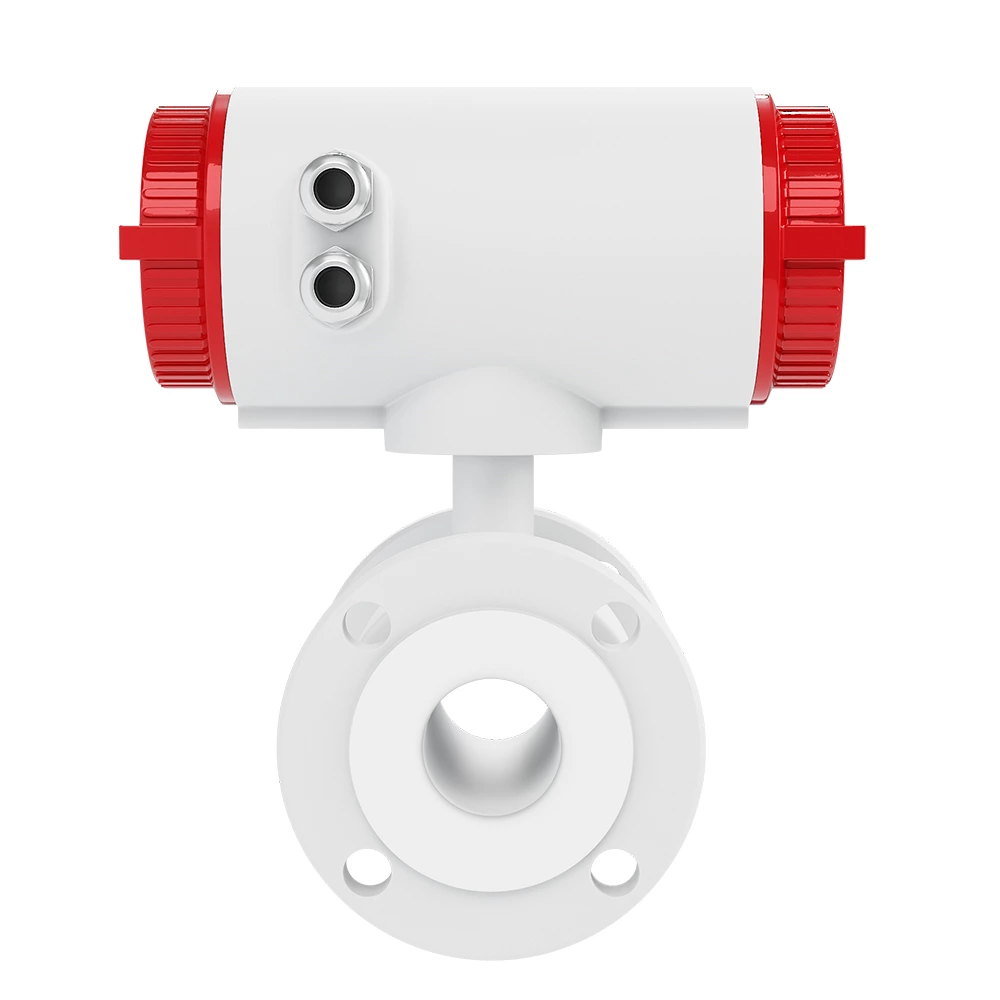Strong acids and bases have strong corrosiveness, and suitable corrosion-resistant materials should be selected for flow meters based on the specific characteristics of the medium, such as concentration, temperature, and pH value.

Electrode material
Hastelloy C-276:
Resistant to oxidizing acids (such as nitric acid), reducing acids (such as hydrochloric acid), and mixed acids, suitable for high concentration and high temperature strong corrosive environments.
Titanium (Ti):
Resistant to seawater, wet chlorine gas, and oxidizing acids (such as nitric acid), but not suitable for strong reducing acids such as hydrochloric acid and sulfuric acid.
Tantalum (Ta):
Almost resistant to all inorganic acids (except hydrofluoric acid), but high cost, suitable for high temperature, high concentration strong acids (such as sulfuric acid, hydrochloric acid).
Platinum alloy (Pt):
Highly corrosion-resistant, suitable for various strong acids, but expensive, generally used in special high corrosion scenarios.
Lining material
Polytetrafluoroethylene (PTFE, F4):
Excellent corrosion resistance, resistant to strong acids, strong alkalis, and various organic solvents, with a temperature range of -180~250 ℃, but poor wear resistance, and solid particles should be avoided in the medium.
Perfluoroalkoxy resin (PFA):
Corrosion resistance is similar to PTFE, with slightly lower temperature resistance (-200~200 ℃), but better processing performance, and can be used for complex structure lining.
Rubber (such as chloroprene rubber, nitrile rubber):
Suitable for low concentration acid-base (such as pH=2~12), with low cost, but poor temperature resistance (usually ≤ 80 ℃), and may be corroded by strong oxidants.
